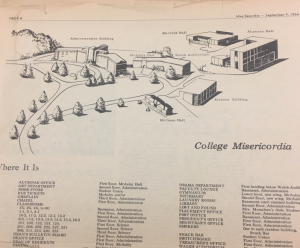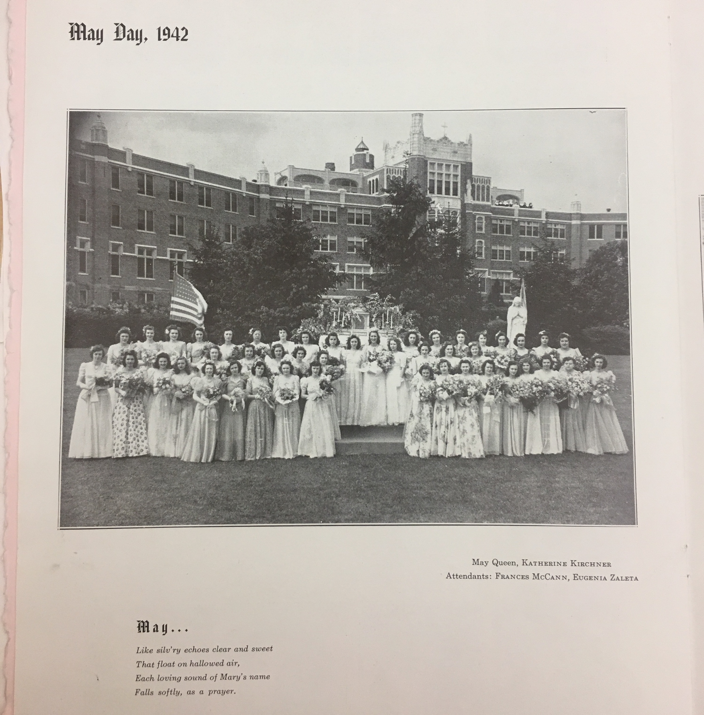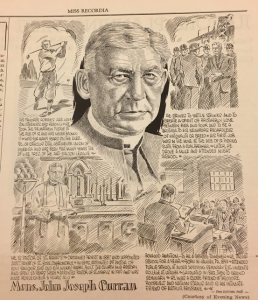Women in Historical Research
After examining a yearbook from 1933, I found an image titled “Historical Research.” This image found in The Litany 1993 edition pictured College Misericordia students conducting research on political and social issues. I neglected to take a photo of this image; however, the image featured several students pictured in what appeared to be a library. The yearbook picture featured the students with serious facial expressions, dressed in modest clothing in the school library. The description below this image states that the Women in Historical research club analyzed post World War I political, economic, and social issues. The Historical Society examined issues such as war debt, its direct and indirect impacts on the United States, and the troubling economic times. Other worldly concerns the club researched included the Catholic attitude toward Mexico, and the Japanese. I would be interested in examining the works and publications of this group. Researching the references used, the time-frame of their research, and the impact on their findings on the College Misericordia and Dallas communities, would also be interesting to study. I would also like to know the angle of their research; for example, if they expressed bias towards a group or policy.



